Well, it’s time to debut this year’s Christmas story.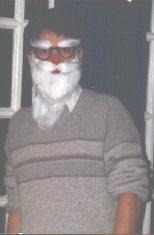 I was struggling to come up with an idea for this year but the well was dry. Then I thought of a story I had started a few years ago called “Seven Feet of Snow In Buffalo.” Let me just say, a few years ago was actually ten. When I checked the history of the file, I found I had lasted written anything on the story on December 3, 2014. That’s tomorrow and with today’s final edit, I’m a day shy of the ten year mark. There were probably a couple of leap days in that decade so it evens out to make it a full ten years.
I was struggling to come up with an idea for this year but the well was dry. Then I thought of a story I had started a few years ago called “Seven Feet of Snow In Buffalo.” Let me just say, a few years ago was actually ten. When I checked the history of the file, I found I had lasted written anything on the story on December 3, 2014. That’s tomorrow and with today’s final edit, I’m a day shy of the ten year mark. There were probably a couple of leap days in that decade so it evens out to make it a full ten years.
This story was actually inspired by a real event. Seven feet of snow actually fell on Buffalo, New York. Here’s a summary from a Buffalo weather service website:
The epic November 17-19th 2014 lake effect event will be remembered as one of the most significant winter events in Buffalo’s snowy history. Over 5 feet of snow fell over areas just east of Buffalo, with mere inches a few miles away to the north. There were 13 fatalities with this storm, hundreds of major roof collapses and structural failures, 1000s of stranded motorists, and scattered food and gas shortages due to impassable roads. Numerous trees also gave way due to the weight of the snow, causing isolated power outages. While this storm was impressive on its own, a second lake effect event on Nov-19-20 dropped another 1-4 feet of snow over nearly the same area and compounded rescue and recovery efforts. Storm totals from the two storms peaked at nearly 7 feet, with many areas buried under 3-4 feet of dense snowpack by the end of the event.
I thought about that event and thought about my own Christmas lawn display and was inspired to write the story. Unfortunately, I never finished it and the original ending I had for the story didn’t sit well with me. This year, I was inspired again to get back to the story and again by new nativity display:
Here’s a picture of some of that real seven feet of snow in Buffalo from 2014:

I finally came up with an ending to the story I thought was suitable and I spent ten days, when I could find the time, fleshing out the rest of it. I had only written about three and a half pages ten years ago so I went back and did a slight edit but kept the majority of it. I inserted a description of the metal star and the inflatable angel, like the ones from my picture, and the rest, another twelve pages, is the finish from this year.
Here it is. I’ll put a line where the previous version stopped and where the new version begins:
SEVEN FEET OF SNOW IN BUFFALO
By
Scott Henderson
There was seven feet of snow in Buffalo. This could not be denied. It was a fact that was repeated constantly over the airwaves. The whole city was digging out.
“Seven feet of snow fell on Buffalo during the last 48 hours,” the newscaster proclaimed for what must have been the tenth time before Bert reached over and shut off his radio.
“Seven feet of snow in Buffalo and what have we got here…nothing!” Bert said this aloud to no one in particular. The now quieted newscaster couldn’t hear him and no one in his family would listen to him anymore about that particular subject.
Bert Chase was fed up. He wanted snow and the fact that Buffalo had a monopoly on it didn’t help. Here he was, four hours east of Buffalo, in Canada, the land of ice and snow, and there was nothing but grass.
It wouldn’t have been so bad if Bert wasn’t as fond of Christmas as he was. Well, it wasn’t Christmas exactly but, more to the point, Bert’s Christmas lawn display.
Bert was a fanatic about his outdoor decorations and come the end of November he spent two solid days assembling and organizing his display so it would be perfect. Was a little snow to help with that perfection too much to ask?
“Is a little snow here too much to ask?” Bert was musing aloud again.
Christmas was Bert’s time. Everyone knew it. His neighbours on either side had Halloween and Bert got Christmas. It was an unwritten rule in the neighbourhood
The Halloween displays on either side of his house were impressive enough with all of the tombstones, cobwebs, ghosts, ghouls, and assorted monsters his neighbours could try and fit on their front lawns. Ted and Carl, the aforementioned neighbours, always tried to outdo each other and both were always to be found outside on Halloween night in some outlandish costume passing out candy. This year Ted had gone overboard with a particularly grotesque zombie costume he’d made himself while poor Carl was a distant second in his Dracula outfit offering to suck the blood of neighbourhood children before doling out tasty treats.
But Christmas was Bert’s time. Ted and Carl would put up lights on their houses but it was understood that lawn ornaments or large displays were Bert’s department. Even other houses on the street scaled back their household adornments to allow Bert to shine.
Bert’s display got bigger every year. Sure, he had lights on his house, which he kept up all year round, but these were just a token. It was the lawn display that drew crowds from near and far.
Every year there was something new. He had light-up animatronic reindeer, a group of plastic carolers gathered around a festooned fir tree, numerous plastic snowmen and penguins, giant nutcrackers, and a bevy of Santas in different positions. Even inflatable designs were not forgotten. When these began to hit the market in the past years, Bert would look for just the right ones to compliment his display. He had an inflatable chimney with the back half of Santa sticking out while three desperate inflatable elves, stacked on each other’s shoulders, tugged away at Santa’s legs. There was a giant snow globe where styrofoam chips blew around and fell about polar bears, adorned with Santa hats, chugging Coca Colas. A lit Candy Cane lane ran along the driveway while an inflatable Santa, sleigh, and four tiny reindeer pulled at their tethers when the wind blew just right. There were familiar characters from Peanuts and Disney sporting winter outfits. And yet all of these paled in comparison to Bert’s newest addition.
Bert had thought long and hard all year about what to add to the display that wasn’t already represented. His wife gave him the kernel of an idea when she suggested a traditional Nativity. But that wasn’t good enough for Bert. He had to make it a spectacle that would be this year’s centerpiece. Thus the idea for the Hollywood Nativity was born.
Bert was pretty handy with tools and he had plenty of these in his garage. Power tools, saws, sanders, and every variety of hand tools had been gifts to him over past Christmases, Father’s Days, and Birthdays and Bert put each of them to good use this year.
It started with the Wise Men. That came easy. There were three of them so naturally he thought of the Three Stooges. Plywood versions of Moe, Larry, and Curly were designed, cut out, and painted. The idea for the gifts they brought to the Christ child was Bert’s inspirational stroke of genius. He painted Larry with a few gold teeth and the cut out kneeling while pointing to his mouth. The gift of gold was covered. Next came Moe. Bert didn’t know much about the gift of myrrh other than it was some kind of liquid that came in a jar or bottle. So Moe came to the Nativity with a bottle of bootleg liquor. This was homage to the classic Stooges short where they made bootleg scotch. Moe’s bottle was real but the fake label said scotch, bore the Stooges image, and the words “111% Proof”. Curly came next. He brought Frankenstein. Well, in truth, he brought Frankenstein’s Monster. Frankenstein was really the Doctor but most people got that wrong and with an inflatable Frankenstein’s Monster, borrowed from Carl, and linked with a long chain to Curly’s hand, Bert thought it a comic parody perfect for his display.
The shepherds should not exceed the Wise Men. Two shepherds would be all it would take and keeping with the comic theme, Laurel and Hardy came to the manger. Sporting the traditional shepherd garb and topped with their traditional bowlers, Stan and Ollie were a welcome addition.
Bert couldn’t think of anything comedic to spin on the sheep and the camel so these were conventional. Flanking these beasts however were barnyard animals courtesy of Looney Tunes. Bugs Bunny, Daffy Duck, Porky Pig, Foghorn Leghorn, and even Pepé Le Pew, the lowliest of animals, were strewn throughout the scene. Eyore the donkey, friend of Winnie the Pooh, was the beast of burden who bore Mary to Bethlehem.
Mary and Joseph gave Bert only a moment’s trouble. He wanted a traditional Hollywood power couple and Bert discarded a number of ideas before he settled on Lucy and Desi. Who didn’t remember “I Love Lucy”? Lucy with her red hair stood out nicely and the addition of a baby Shirley Temple doll with her curly locks in the manger topped everything off nicely. So what if Shirley Temple was a girl? In painted nativity scenes, the baby Jesus was always depicted with curly locks like Shirley’s. Wrapped tightly in swaddling clothing, who would tell the difference?
Bert arranged all of this up close to the front of his house against a stable backdrop he had fashioned himself. Small flood lights were placed strategically to ideally light the Nativity. Over Bert’s front door was a shooting star he had found at a thrift store. It was at least thirty years old and was made of metal. The star was emblazoned with white lights and the tail sparkled in blue LEDs with strands of gold tinsel woven throughout. The effect was stunning. It was fastened to the house at least two feet above the door frame. From the base of the star he hung an inflatable angel as if it was descending into Bert’s version of Bethlehem. Everything was a marvelous tableau. Everything was perfect…almost.
There was no snow. It needed snow to add an extra touch of Christmas to all of Bert’s lawn displays. There was no snow. Not here. There was seven feet of snow in Buffalo but nothing here.
“Seven feet of snow,” Bert began again, “and Canada gets nothing.” It angered Bert that Buffalo had more snow than they really needed. There was so much snow in Buffalo that they couldn’t give the stuff away.
Bert stopped suddenly after this thought.
“Why not?” Bert mused aloud. Something was sparking in his brain. He had a thought. Buffalo couldn’t give away the snow if there weren’t any takers. Why couldn’t he be a taker? Why couldn’t he just go down to Buffalo and get some of that excess snow? It sounded crazy but maybe it could be done.
Bert began to pace back and forth. He had to think this out carefully. There was snow in Buffalo and he wanted it here. How could he pull it off? Shortly, the answer came to him but it was one he didn’t relish. Stu.
Stu was his wife’s brother. Bert didn’t care much for Stu. It wasn’t that Stu was good for nothing but there had been a time when that description was appropriate. Stu had once lived with Bert and his wife while he tried to find himself. It had taken him two years and some financial banking from Bert to make Stu the man he was today. That still irked Bert.
Stu ran a successful frozen food outlet and he eventually had repaid Bert but there was still something about Stu’s success that didn’t sit right with Bert. The fact that he called himself Stuart now was particularly annoying. He’d always been Stu before his success and Bert delighted himself in calling his brother-in-law Stu whenever he could. Those opportunities to call him Stu were not frequent because Bert avoided Stu as much as he could. But now he needed a favor from Stu and this didn’t sit well with Bert either.
————————— (old version ends and new version begins)
“Oh, I know what he’ll say,” Bert said to himself; musing aloud again.
“Are you crazy, Bert? I can’t just lend you one of my refrigeration trucks. This is my busiest time of year and a refrigeration truck full of snow driven across the border is going to raise some alarm bells.” Well this wasn’t entirely what Bert thought Stu would say but it was exactly what Stu did say when Bert finally got around to approaching his brother-in-law.
Bert had mulled things over for a couple of days and in that time the snow stayed away and news stories about Buffalo’s plight spurred Bert to put things into action. He’d dropped in unannounced on Stu and unburdened his thoughts to his wife’s brother.
“Do it for the kids, Stu. Where’s your Christmas spirit?” Bert thought that might raise a positive reaction.
“I suppose that’s better than you saying I owe you,” Stuart replied. “I don’t owe you anything Bert. We’re square as far as I’m concerned. And I prefer to be called Stuart.”
“Listen Stu,” Bert continued, ignoring the plea in how he was to address him, “I’m not asking for money. Okay, so you say we’re square. I’m just asking for a small amount of interest on everything I’ve done for you. It’s just a little snow.”
“And a refrigerated truck to haul it in! Besides, everything I have is booked up until the day before Christmas.”
“I’ll take it!” Bert replied with enthusiasm; knowing full well that no official offer had been made. He quickly stuck out his hand as if to seal the deal.
“Wait, I didn’t promise anything!” Stuart reacted. “I was just stating a fact. Besides, December 24th is four days away. It’ll be too late by then.”
“No it won’t,” Bert countered. He kept his hand extended across Stu’s desk.
Stuart didn’t take Bert’s hand. Instead, he leaned back in his chair and brought the tips of his fingers together as if in contemplation.
Bert sensed he was on the losing end of his own proposition.
“I’ll pay all the expenses. Gas at my cost,” Bert added. He was struggling to find anything that would persuade his brother-in-law. “Please, Stuart.”
Stuart stared at his sister’s husband. He thought Bert must be desperate if he was going to address Stuart correctly.
“And Christmas Dinner,” Stuart finally replied.
“What do you mean by ‘and Christmas Dinner’?” Bert was confused but he was still holding out his hand.
“And Christmas Dinner,” Stuart repeated. “I want an invitation to Christmas Dinner. It’s been years since you’ve invited me over to your house.”
So that was the catch. Bert should have figured that Stuart didn’t do favours without expecting something in return.
“And Christmas Dinner,” Bert sullenly responded. He stuck his hand further in Stu’s direction.
“And Christmas Breakfast,” Stuart added while grasping at Bert’s hand and holding it tightly. Bert tried to pull his hand away as if stung but Stuart held fast.
“And Christmas Breakfast? What gives?” Bert finally managed to free himself of Stu’s grasp.
“Well, we probably won’t get back until late and then there’s all that snow to unpack. You’ve got that great spare room and what’s a little breakfast between in-laws; especially the kind that lend you one of his third best refrigerated trucks? We are going to have a grand adventure together.” Stuart grinned, knowing he had secured the better part of the arrangement.
“We? As in you and I, we?” Stu’s grin, like his handshake, was putting Bert off.
“I’ll be there at six on Christmas Eve morning. My truck. My rules. And I do all of the driving.”
The handshake, the grin, having to say ‘Stuart’ and now the promise or threat of Christmas Eve morning was almost too much for Bert to bear but he couldn’t let Stu know that. Instead he leaned heavily on the desk, quickly grabbed up Stu’s hand and shook it as if he was trying to wrench it free from Stu’s arm.
“Deal!” Bert cried before sporting his own grin that made Stuart feel like he mightn’t have made such a great bargain after all.
Stu did not show up with the truck on December 24th, until closer to nine that morning. Bert had been waiting for him since half past five. He’d been up early and ready to go with two of his best shovels ready for action.
At seven, Bert began to worry and thought about calling Stu but kept making excuses for his brother-in-law like engine trouble or cross-town traffic.
By eight, Bert began to fume and curse while his wife made excuses for her sibling.
Thirty minutes after that, Bert stretched out to wait in his favorite lounge chair in an effort to go back to sleep. He hoped to dream of throttling Stu or causing some bodily harm that didn’t leave bruises.
Just before nine, Bert was brought fully awake by Stu shaking him.
“Bert, Bert, get up! I thought you wanted to get an early start?”
The dream of hurting Stu never came but on waking, Bert was fully ready to launch himself with arms a-flailing in Stu’s direction.
“I was ready by six! Where were you?” If Bert couldn’t strike out then at least he could add some venom to his words.
“What do you mean six? We said nine.”
“We said six. In fact, I’m sure it was you who said ‘I’ll be there at six on Christmas Eve morning. My truck. My rules.’ “
“Look, I’ll prove it to you,” Stuart said, reaching into his pocket. “Look at this.” He produced a small square post-it note with a holiday border and handed it to Bert.
“Bert, refrigerated truck, snow, Buffalo, December 24th,” Bert read aloud. It was written in a large messy handwriting. “It doesn’t state a time on here.”
“Look at the other side,” Start gestured.
Bert turned it over and saw a single number ‘6’.
“It says 6, just like we discussed,” Bert replied; almost spitting the words out in Stu’s direction.
“No it doesn’t, it says 9.” Stuart grabbed at the note and then reread the first side to Bert. “Bert, refrigerated truck, snow, Buffalo, December 24th and if you flip it over, it says 9.”
“You don’t flip it over like turning a calendar from month to month, you turn it over like flipping a page on a book! You wrote 6 because we agreed to 6 Stuart!” The inflection on Stuart was as hostile as Bert could make it.
“Agree to disagree. Regardless, I’m here now.”
“Yes, and you’re three hours late!” Bert wasn’t prepared to let it go.
“Enough!” a female voice interjected.
Both Bert and Stuart turned to look in Dottie’s direction. The wife and the sister had spoken.
“I’m sorry Dottie,” Bert and Stuart said in unison. Her full name might have been Dorothy but no one dared call her that. She didn’t put on airs like Stuart so she preferred the simplicity of ‘Dottie.’
“I don’t know how you two are going to pull this thing off, and I have my extreme doubts, but you better put this squabbling aside or you’ll never get to Buffalo and that seven feet of snow you’ve been talking about.” Now Dottie was finished.
Bert and Stuart didn’t say another word. Bert put on his coat and pulled on his boots. He shoved a toque and gloves in his pocket and grabbed an extra pair for Stu. He was sure that like the designated time, Stu would have forgotten the need for these as well. Bert was right.
Bert grabbed up the shovels and stowed them behind the seats in the cab of the truck. Silence filled the rest of the room in the truck and neither spoke a word to the other until they were out of town and well on their way.
“What’s your plan here Bert?” Stuart finally asked; breaking the silence.
“Refrigerated truck, snow, Buffalo, December 24th,” Bert said reluctantly. He thought about adding “6” but Dottie had kissed him at the door and said play nice. This was Bert being nice.
“I know that,” said Stuart, while trying not to react to Bert. His sister had also hugged him on the way out and repeated the instructions of playing nicely. “Where in Buffalo, exactly? It’s big place!”
“We’ll sort that out when we get there. There’s seven feet of snow in Buffalo. It can’t be that hard to find.”
Stuart just shrugged. He’d committed himself and he was doing all the driving. Bert was right, though, seven feet of snow in Buffalo would likely be pretty apparent.
“Okay, start the clock. Four hours and counting down. No muss, no fuss, leave the driving to us.” Of course, by ‘us’ Stuart meant himself. He’d told Bert “My truck. My rules. And I do all of the driving.” That he could remember but when it came to the correct time that was a different story. At least he’d got the date right.
“Mind if I listen to the radio?” Bert asked. Maybe some holiday music would make this journey more festive. With music playing, he wouldn’t have to engage in conversation with his wife’s brother. Play nice, she’d said. She hadn’t said Bert had to talk to Stu.
“No can do Bert, I had it removed. Removed them from all of my trucks. Just a distraction to the drivers. Eyes and ears on the road, I always say.”
Bert had never heard Stu say anything close to that. No radio? This was going to be a long four hours.
Of course it took them longer than four hours. Stuart’s sense of direction and driving skills were spot on but they hadn’t counted on the holiday traffic. They reached Buffalo almost six hours after they left Bert’s house. It had taken them four hours alone to get to the border and another hour at the crossing trying to explain why two Canadians with two shovels were entering the United States with an empty refrigerated truck.
Stuart wanted to bluff their way through and say they were going to pick up a load of holiday turkeys and hams. Bert agree that was plausible but pointed out they might be asked to provide some proof like a weigh-bill or anything that would corroborate their story.
In the end, Bert felt the truth was their best recourse. That’s why they were an hour at the border. They were held for further questioning but no one could find a reason to deny them entry. After all, they weren’t bringing anything into the United States and their plan to bring snow back into Canada, although far-fetched, was something for the Canadian authorities to pursue when they crossed back over. They eventually were sent on their way and Bert was sure he could hear a few chuckles after the border patrol waved them through.
The sixth hour was spent finding someplace to have a bite to eat and a rest stop. Bert didn’t realize how hungry he was when they finally had ordered takeout. It had been a long time since 5 a.m. when he’d had his breakfast and optimistically settled in to wait for Stu’s six o’clock arrival.
“Okay Bert, what’s your plan here, I’ll ask again,” Stuart said between bites of his hamburger. He and Bert had picked up their food and headed back out to eat in the truck. The vehicle had been too large to maneuver through a drive-thru.
“I’ve been mulling that over since we got here,” Bert replied. “It’s been almost a week and all of the main routes have been plowed or the huge snowbanks are dirty with gravel and slush. I’m thinking maybe some of the side streets. They’re usually the last to be cleaned out.”
After they finished eating, they spent twenty minutes crisscrossing some of the residential streets to no avail. All of those streets had been plowed and the driveways for the homes had been shoveled or blown clear.
Stuart pulled over on the side of one street and he and Bert both jumped out of the truck.
“Let’s give it up Bert and chalk it up to a failed road trip,” Stuart said.
“No, I won’t give up! We’ve come this far. I can’t come this close and go away empty handed.” Bert was pacing back and forth and slamming his arms vigorously across his chest to stay warm. It was cold outside when compared against the hours they had spent in the truck.
“You’re close to nothing Bert!” Stuart shouted. He turned away from Bert and gestured toward the street. “There’s nothing here. This was a fool’s folly at best. Let’s get back in the truck and get some coffee and head home!” That’s when the snowball hit Stuart in the back.
Stuart turned and glared at Bert. “Son, you’re going to regret that!” Stuart bellowed as he bent down and scooped up a handful of snow.
“Don’t you dare Stu!” Bert hollered back. “You had it coming. You’re lucky I didn’t slam you before this. This wasn’t a fool’s folly. Or if it was, what does that make you for coming along?” Bert leapt to the side as Stuart’s snowball whizzed by him.
After that, the war was on. Both took up positions on opposite sides of the street and began pelting each other with insults and frozen projectiles. Nothing was off-limits. Even past histories were resurrected and used as ammunition in the verbal assaults. The snowballs kept finding their targets in each other and soon they both lay tired and spent in the snow across the way from one another.
“Are you boys done, now? You’re a little big for a snowball fight and from what you were yelling at each other, you’re obviously family, right?” A woman out walking her dog glanced back and forth at Bert and Stuart and shook her head.
“In-laws,” they both shouted back.
“I guess that makes it okay, then? Do you mind telling me what this is all about or do you want to explain it to the police?”
Neither Bert nor Stuart were keen on it escalating it that far. They were strangers in this Country and neither wanted it to become an international incident.
Bert got up and approached the woman and began to tell her the story of his nativity and how he had come up with the idea of helping relieve Buffalo of some of its seven feet of snow. Stuart came and stood by them and didn’t interrupt as Bert told their tale. He didn’t think it was necessary to add his thoughts about how Bert’s nutty idea had pushed them to this point. This stranger could obviously gather all of that from their boisterous bickering and their now soaked clothing from having been bombarded by snow and then flopping down exhausted in it.
“I guess your story about wanting our snow is just as crazy as you two trying to injure each other from opposite sides of the road. I might be able to help you but I’m not sure I want to after the way you’ve been treating each other.” The woman glared again at both Bert and Stuart in turn.
“Please, uh, sorry, I didn’t catch your name,” Bert inquired.
“Holly,” Holly began before glaring again at both of them, “and yes that’s my real name. I’ve heard all the remarks that this time of year brings so you needn’t comment.”
“Holly and the Ivy?” Stuart queried. He couldn’t help himself.
“Holly Jolly Christmas?” Bert chimed in while snickering.
“Get it all out,” Holly offered. “I guess anything you can laugh at together is something you don’t use against each other. “You might as well know that my middle name is Noel. My parents loved Christmas. It’s not bad the rest of the year but I get it good around this time, what with the holidays and all.”
Bert and Stuart began to laugh. They looked at each other and laughed even harder at the sight of each other dotted where snowballs had hit their marks. Eventually they stopped laughing long enough to engage again in conversation.
“Please Holly,” Bert continued, while trying to stifle the last of his chuckles. “We’ve come a long way and we’ve got just as far to go and I don’t want to leave empty-handed.”
“Well, if you’ll promise to at least be civil to each other, I’ll show you something and then you’ll decide for yourself if it’ll help with your wild quest.”
Bert and Stuart both crossed their hearts and looked at each other without any malice toward the other. Bert watched closely to make sure that Stu hadn’t crossed his fingers behind his back.
“Good enough,” Holly responded. “Follow me, then.”
Holly led them around the block and up to a house where the snow still lay deep in the driveway and up the front walk.
“The Kelvins,” Holly pointed out as if it the name explained everything. “They’ve gone south for the winter. The Wilsons a few houses further on are the same. Some of their neighbours will eventually get around to clearing this all out after Christmas. I guess you boys have arrived just in time to help yourself.”
Bert and Stuart smiled at each other and, without a word, Stuart jogged off to get the truck.
“I’ll head home and see if I can convince my husband to give you a hand. I’m not sure if he’ll believe your story but if a tall sandy-haired fellow named “Will” comes around then I guess I’ll have done a good job of recruiting. Merry Christmas and good luck,” Holly concluded before leading her dog back in the return direction.
Stuart came around the corner honking at Holly as she passed the truck and was soon out of sight.
Bert opened up the back as soon as Stuart had come to a stop. He grabbed up the two shovels from the cab and tossed one to his brother-in-law
“I’ll hop up inside and push back everything you toss up,” Bert instructed Stuart. “Let me know when you want to switch.”
“You got it Bert. I think between this house and the other, we should be able to really pack it in.”
Within fifteen minutes they both realized how tiring their efforts were going to be and how long it would probably take with two guys and two shovels to even make a dent in the seven feet of Buffalo snow in the Kelvins’ driveway and walk; let alone the other house up the street. Bert was also getting even more soaked to the skin as shovels full of snow tossed by Stuart collided with him as much as it did the floor of the refrigerated truck.
“Wait a minute, wait a minute!” Bert yelled. “There’s got to be a better way. Let me jump down and we’ll both try and throw snow up into here.”
They both continued shoveling and tossing the snow before the air soon became filled with the sound of some motorized devices. Both looked around in case they were in the path of oncoming snowmobiles.
Coming from around the corner were three men with gas powered snow blowers advancing in front of them. Bert thought of his nativity and the three stooges wise men approaching from the east to behold the miracle birth. Instead these magi were bringing a miracle to this odd couple from the neighboring country to the north, now leaning heavily on their shovels and watching the procession.
As they approached, they slowed their engines so they could converse.
“Are you two the Canadians who want a truck load of snow?” the taller of the group spoke out over the low hum of the blowers.
“You wouldn’t be Will, would you?” Bert asked. Stuart looked on dumbstruck. First the sight of the three with their machines coming to their aid and now Bert seemed to know one of them? Their outing had taken another turn toward the even stranger.
“Yep, and these are my buddies Phil and Bob,” Will said, pointing to the other two who waved back in turn. “I can tell you I almost didn’t believe Holly when she told me your story but then I’ve never known her to lie. I had to see for myself and brought my pals along for support. Is that the truck? Get her into position and we’ll get started. It’s going to be dark soon.”
Stuart was still speechless but took the cue and backed the truck up against the end of the driveway.
Soon the trio was underway while Bert and Stuart tackled the walkway and heaved the snow onto the driveway where it was soon thrown into the air and into the back of the truck with the rest of the load. Thirty minutes later they moved on up the street to the Wilsons and repeated their actions. By the time they were done, the streetlights had come on and a beautiful sight of well-lit homes with holiday lights blazed into the darkness.
Bert stood back and looked at all of the Christmas decorations and soon he was reminded of his new Nativity scene and how it was waiting for his consignment of Buffalo snow.
“Thanks a lot guys,” Bert began in his thank you to his new American friends. “We couldn’t have done it without you. Well, we could have but we’d still have been at until New Year’s Day.”
“How about some holiday cheer before you go?” Phil offered.
“Or a holiday treat or two?” Bob chimed in. My wife’s been baking up a storm and I think I’ve gained five pounds this week alone. I can’t ever say no to her shortbread.”
“We’d love to,” Bert replied, “but we’ve got a long haul ahead of us.”
“Besides, he’s driving,” Stuart added.
Bert just looked at his brother-in-law and grinned. Another holiday miracle! Bert was going to let him drive.
“Well, it’s a good thing I came prepared,” Bob responded. “Compliments of the Mrs.” He reached deep in his parka pocket and produced a small clear bag containing a half dozen or more shortbread cookies.
Bert and Stuart made their thanks and climbed into the truck for the journey home. They made only two stops. The first was for coffee to go with the cookies. They were anxious to get home and the treats were probably going to be their dinner. Their second break came with the obligatory border check before they reentered their home country. They had to explain all over again about their journey and had to show off their load of snow for inspection. There were plenty of questions again but no one could say it was against any rule to bring into Canada that which naturally fell from the sky into both countries; even if it didn’t descend around Bert’s house.
The rest of the drive was pleasant enough with Bert extolling his amazement at their luck in meeting Holly and how obliging her husband Will and his chums had been to their cause. Stuart regaled how he had scored heavily against Bert in the snowball fight and Bert just laughed and allowed his wife’s brother to rejoice in his victory; even though Bert felt he’d probably hit Stu more times by comparison.
An hour from home, Bert called Dottie and told her they’d be home soon. He didn’t tell her the full story of their day but she could tell from the tone of his voice that he’d been successful and further that her husband and her brother must have called a truce.
When they drove up Bert’s street, he could see a row of cars parked looking at his lawn display. His neighbours Ted and Carl were standing ready with their shovels to help and Dottie was passing around hot chocolate and some of her own Christmas cookies. Even his children were there and walking about with some of the other neighborhood kids.
Many hands soon made short work and it was nearing midnight when they all stood back and looked at Bert’s display surrounded now by a layer of the snow they’d brought back from America. It was quite a sight and the flood lights sparkling off the snow added to the festive scene.
Bert and Stuart held audience as they spoke of their mission and their battle against each other that had been interrupted by a Christmas angel named Holly who had brought them to their goal and supplied a group of helping hands; with one bearing festive baking for their return travel.
As the throng began to break up and head indoors, it began to snow. Bert was heard to shout out his glee. It didn’t matter that he’d had to drive to Buffalo with Stu and how he’d had to beg his brother-in-law for the loan of the truck. It didn’t matter that he’d been soaked through from all of their efforts, and his mini-war with Stu and that he’d barely thawed out and dried off by the time they’d reach his house. It didn’t matter. In Bert’s mind, this new falling snow was the topper. He’d done it. He’d gotten some of that seven feet of snow in Buffalo.
Bert and Stuart were tired. They weren’t long for bed. Dottie caught her husband snoring moments after she had turned out the light. She could also hear the snores of her brother chiming in from their spare room.
In the middle of the night, Bert got up to check on his display. He’d been dreaming of it and he had to see it again. He was dressed only in a t-shirt and boxer shorts but he pulled on his winter coat and boots. He stepped out to find the snow still falling and the ground covered white and knee deep. He waded around to the front and scooped snow out of the manger to reveal the babe. He kneeled down and ran his hands through the doll’s curly locks.
“Thank you baby Jesus. Thanks for bring us home safe and for the seven feet of snow that fell on Buffalo.”
Bert went back to bed. His wife let out a little squeal as Bert’s bare legs brushed against her. They were still very cold from where he’d squatted in the snow next to the tiny savior. He’d had to scoop out quite a bit of snow but he was sure it would stop by morning.
The snow did not stop by morning.
By Christmas breakfast it was waist high and Bert had to unplug some of the inflatables as they were sagging beneath the weight of the snow and he was afraid their motors would soon give out.
The snow continued to fall as they opened presents. Dottie had gone out last minute Christmas shopping and made sure there were gifts for her brother labelled from her, the children, and Bert. Bert watched amazed at Dottie’s thoughtfulness and Bert’s delight at being included in the family’s celebration.
By Christmas dinner the snow was shoulder high and most of the characters in the Nativity were buried as they kneeled in the representation of ancient Bethlehem. The snow was also halfway up the inflatable angel’s garment.
By the morning of the next day, the snow had risen to the eight foot mark and only the star above Bert’s door could be clearly seen; the only symbol left apparent from Bert’s nativity.
Stuart gave up all hope of digging out the truck. The peace between Stuart and Bert began to wane and they were soon at each other’s throats again with Stuart blaming Bert for everything. The truth was, however, that Bert was not to blame for this eight feet of snow or even the seven feet that had fallen to the south.
It was two days after Christmas before Stuart hiked to the nearest main thoroughfare and hailed a taxi. He’d had enough of his sister’s family and Christmas and snow. He’d call in a crew in the new year and have them dig out and retrieve the truck.
Bert couldn’t say he was sad to see Stu go. It had been nice while it lasted but their armistice had only lasted until the eight feet of flurries that had fallen at Bert’s house trumped the seven feet of snow in Buffalo.
The End
MERRY CHRISTMAS!



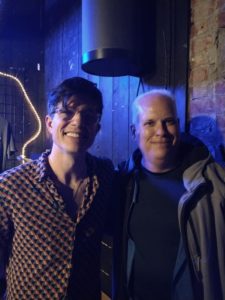

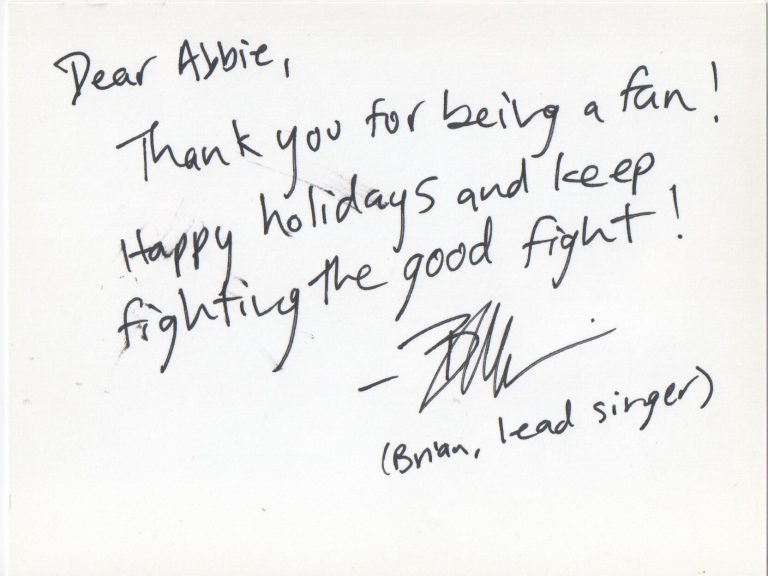









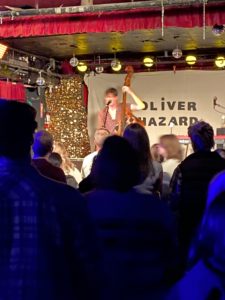
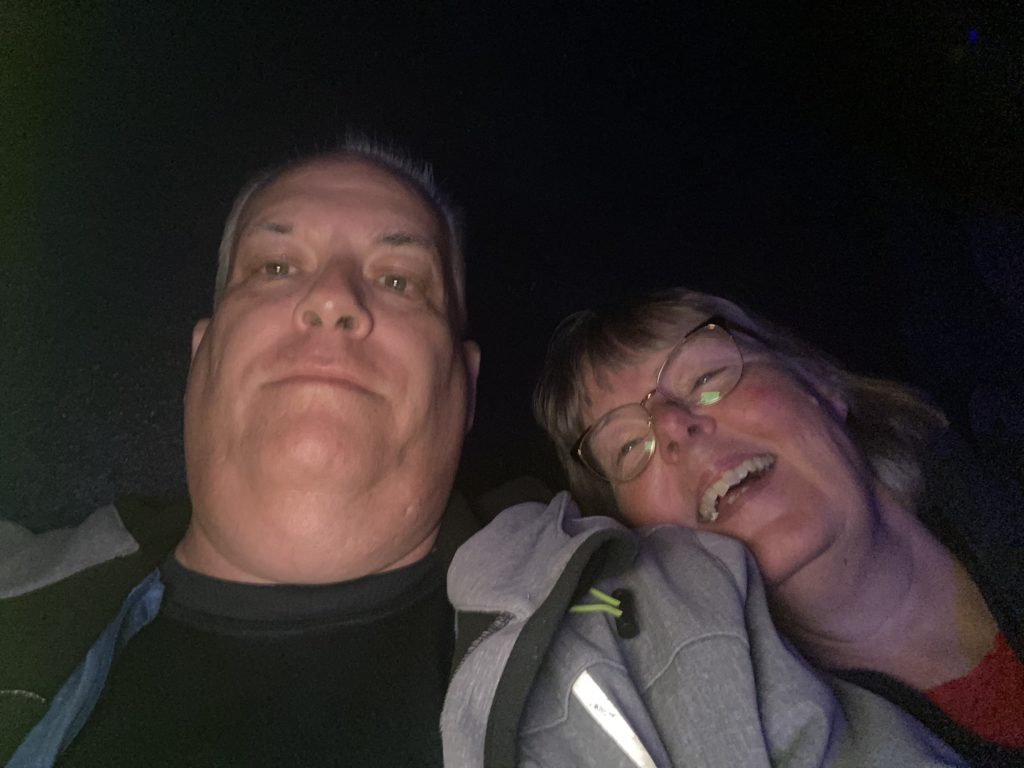
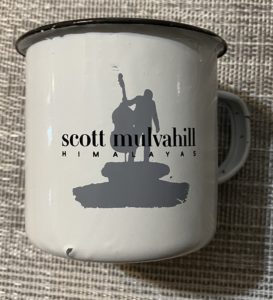
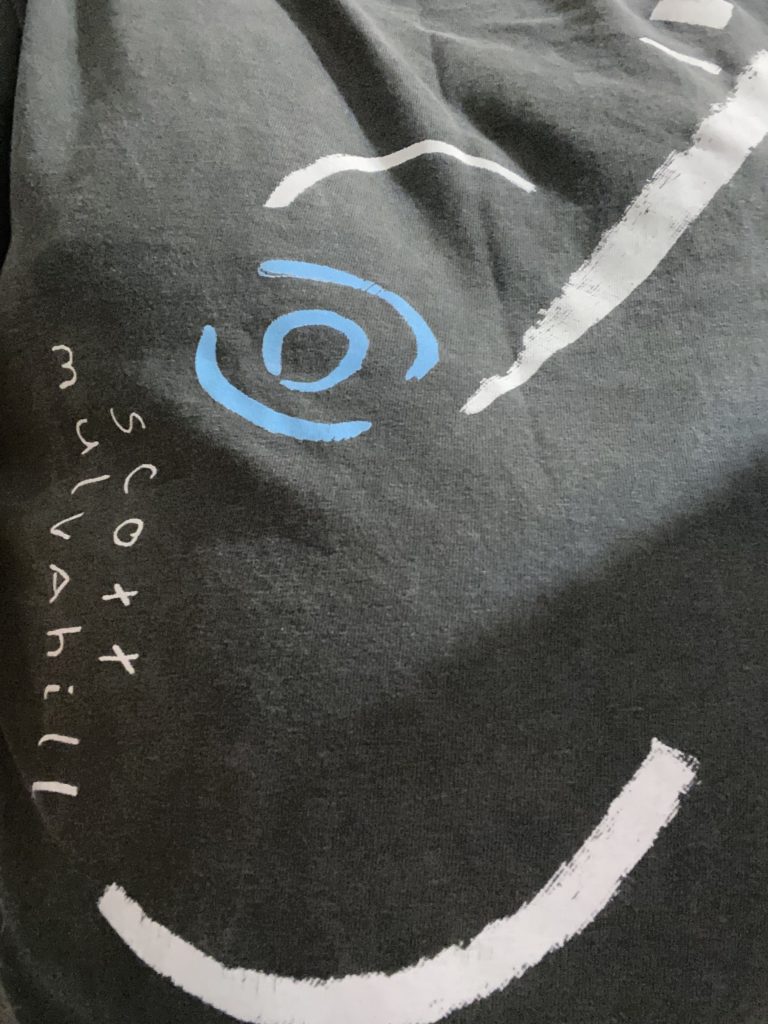
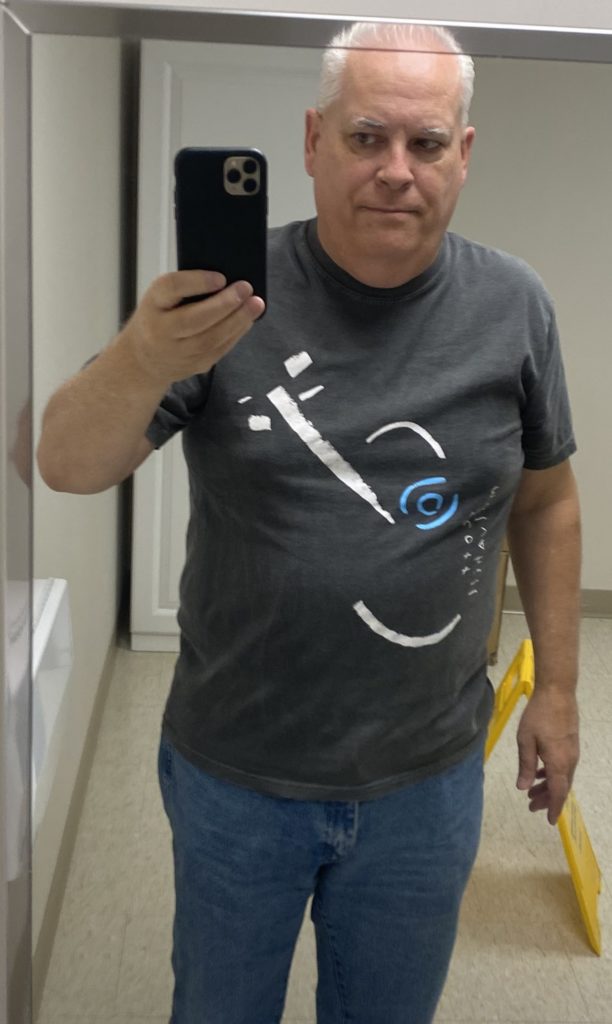
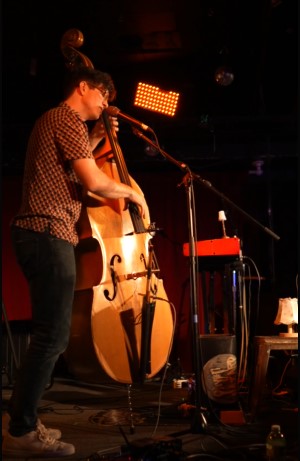
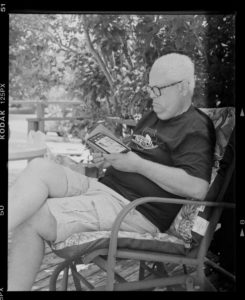







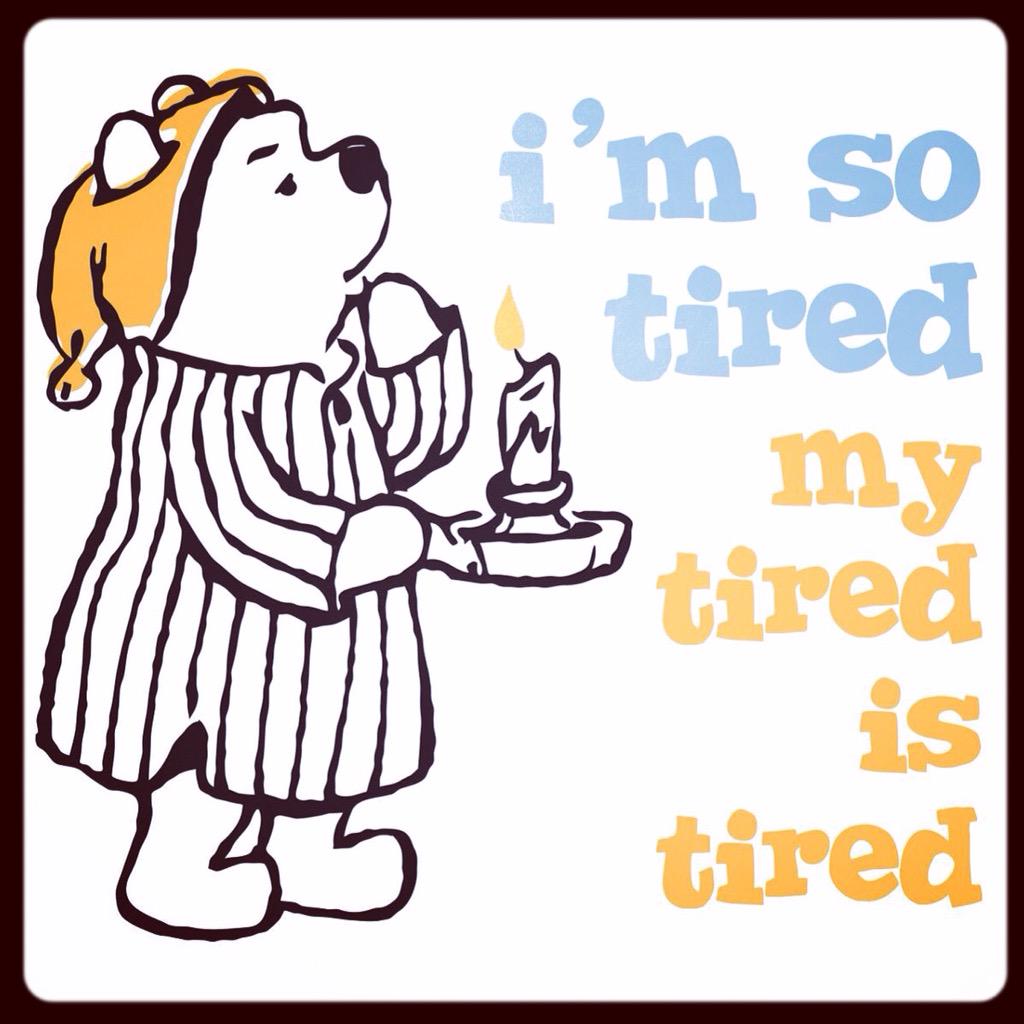




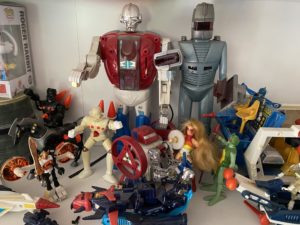
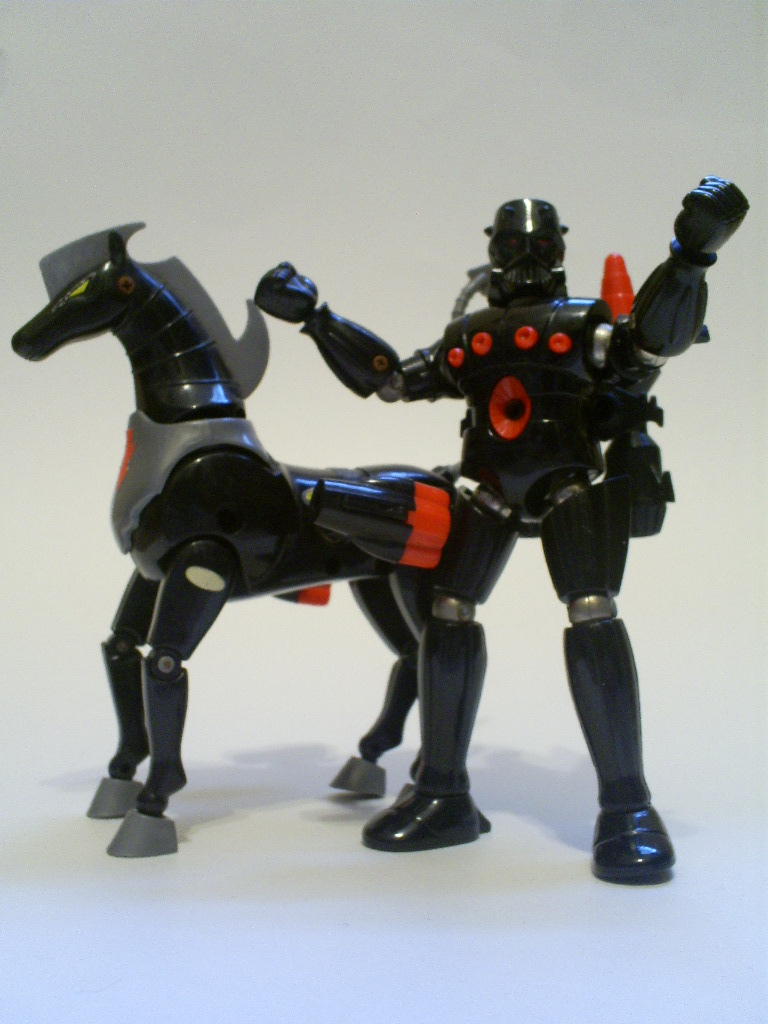


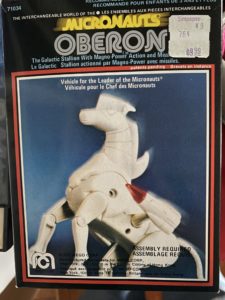
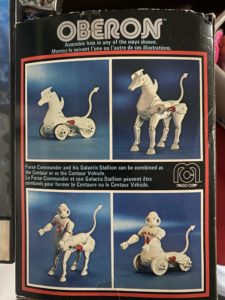




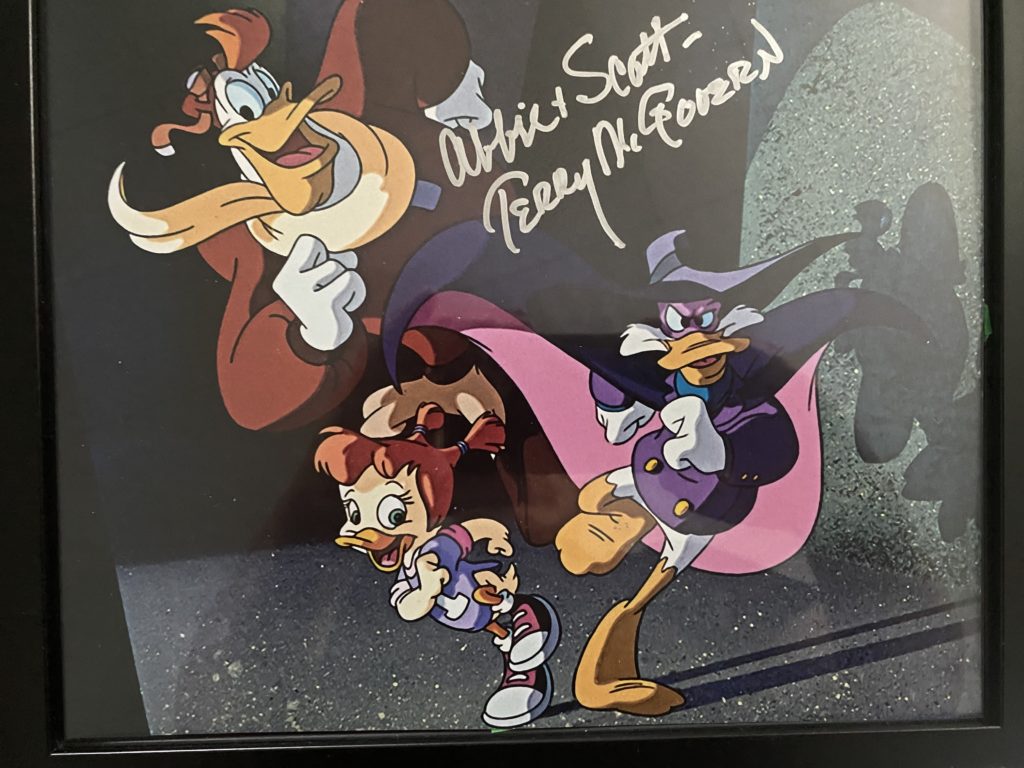










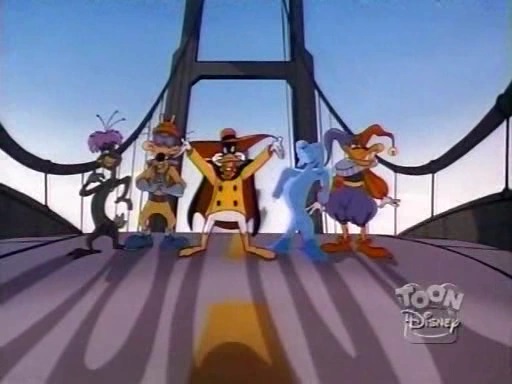













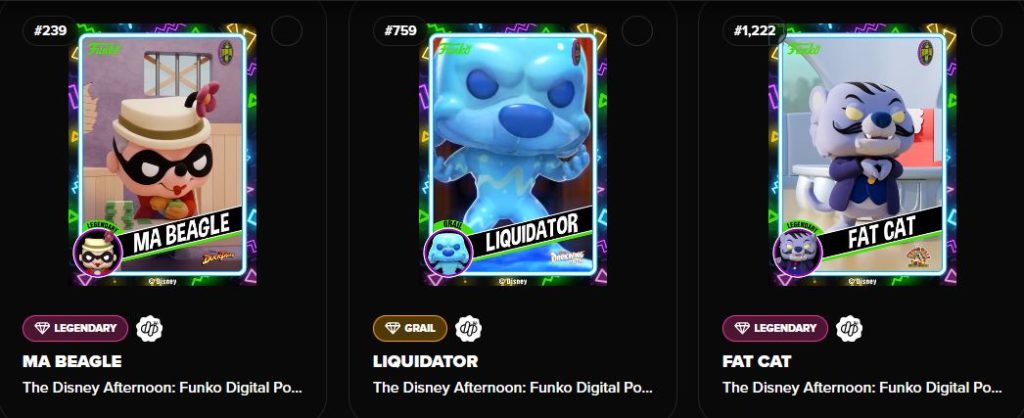







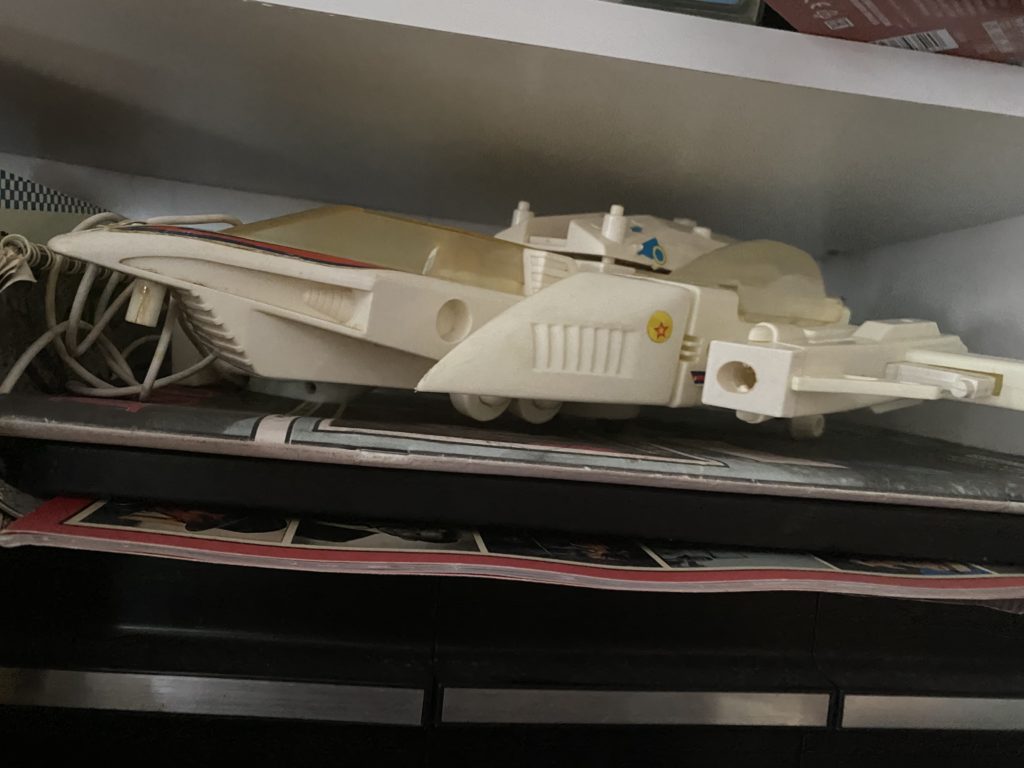
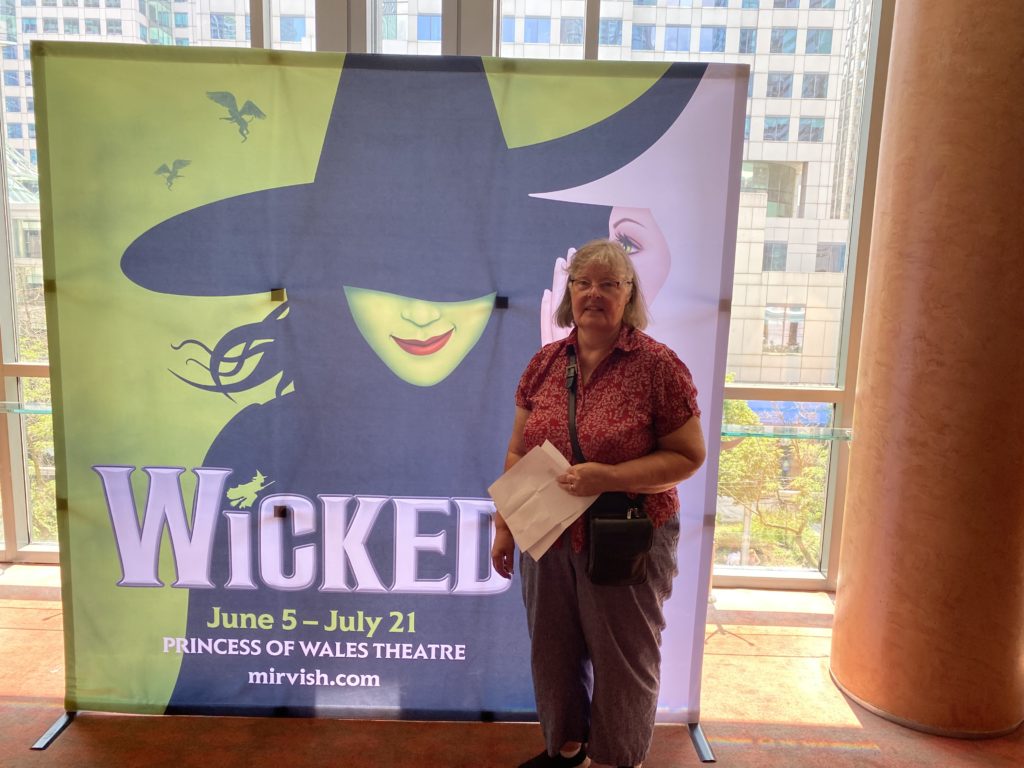
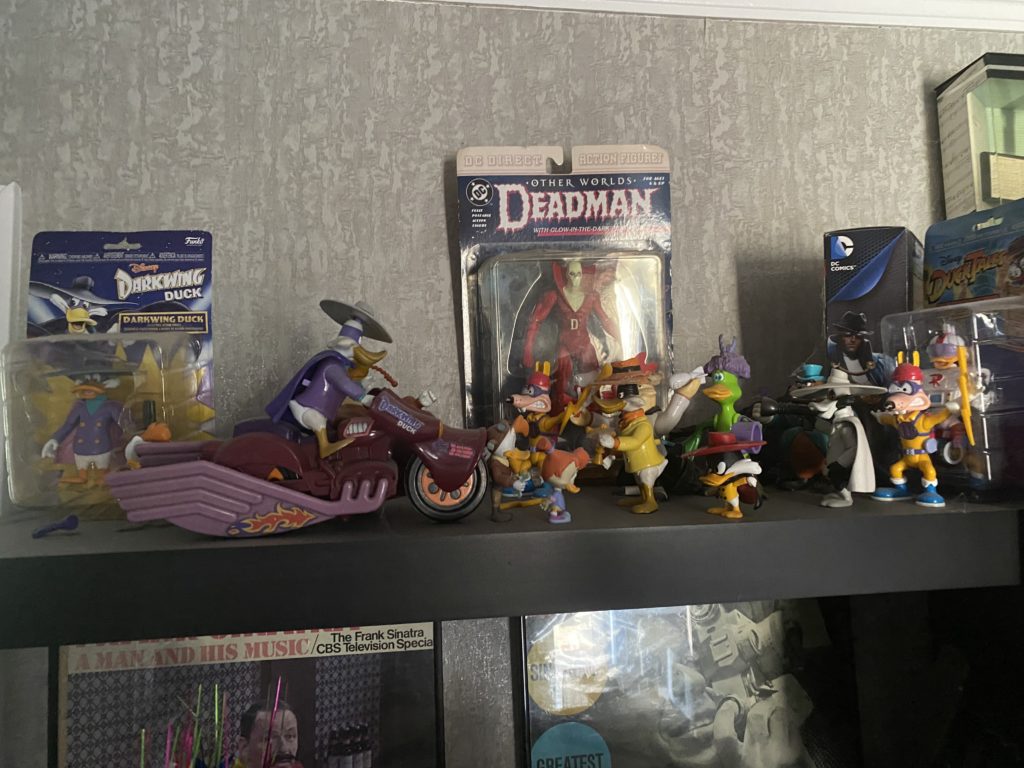


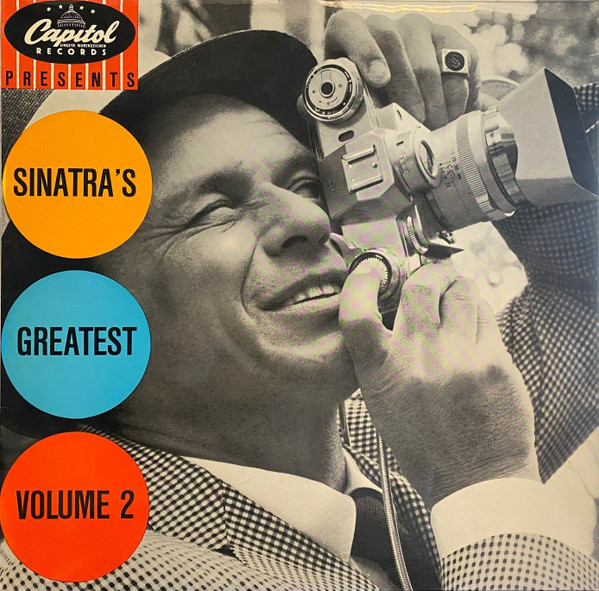
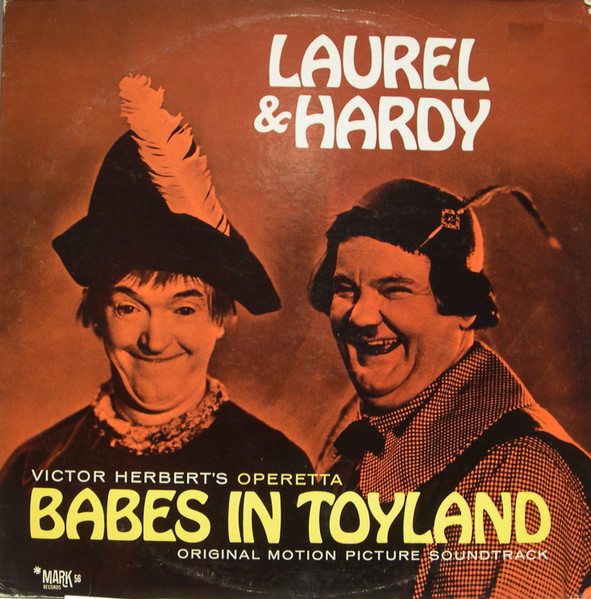
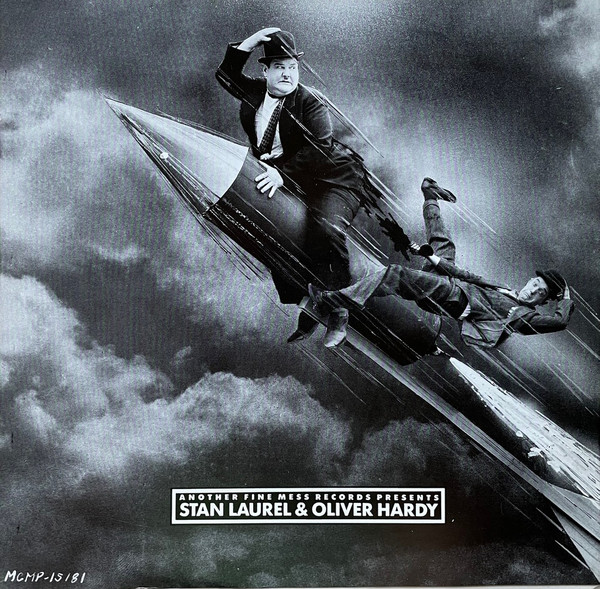
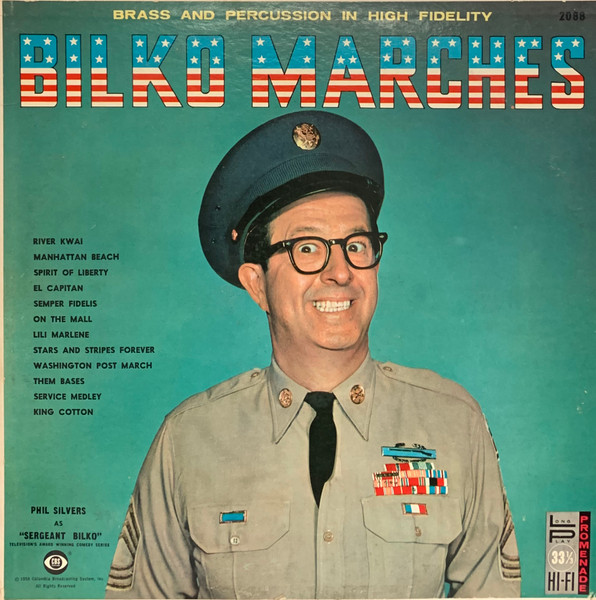

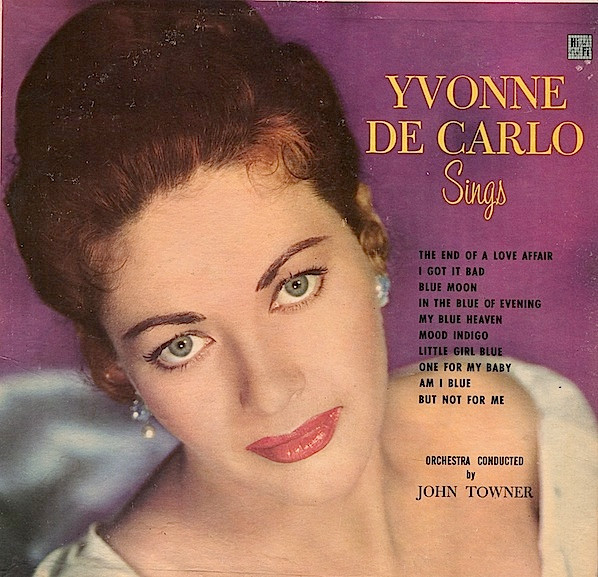

:format(jpeg):mode_rgb():quality(90)/discogs-images/R-4637330-1614525547-6019.jpeg.jpg)
:format(jpeg):mode_rgb():quality(90)/discogs-images/R-6975811-1430809108-7644.jpeg.jpg)
:format(jpeg):mode_rgb():quality(90)/discogs-images/R-8656070-1527690267-9225.jpeg.jpg)